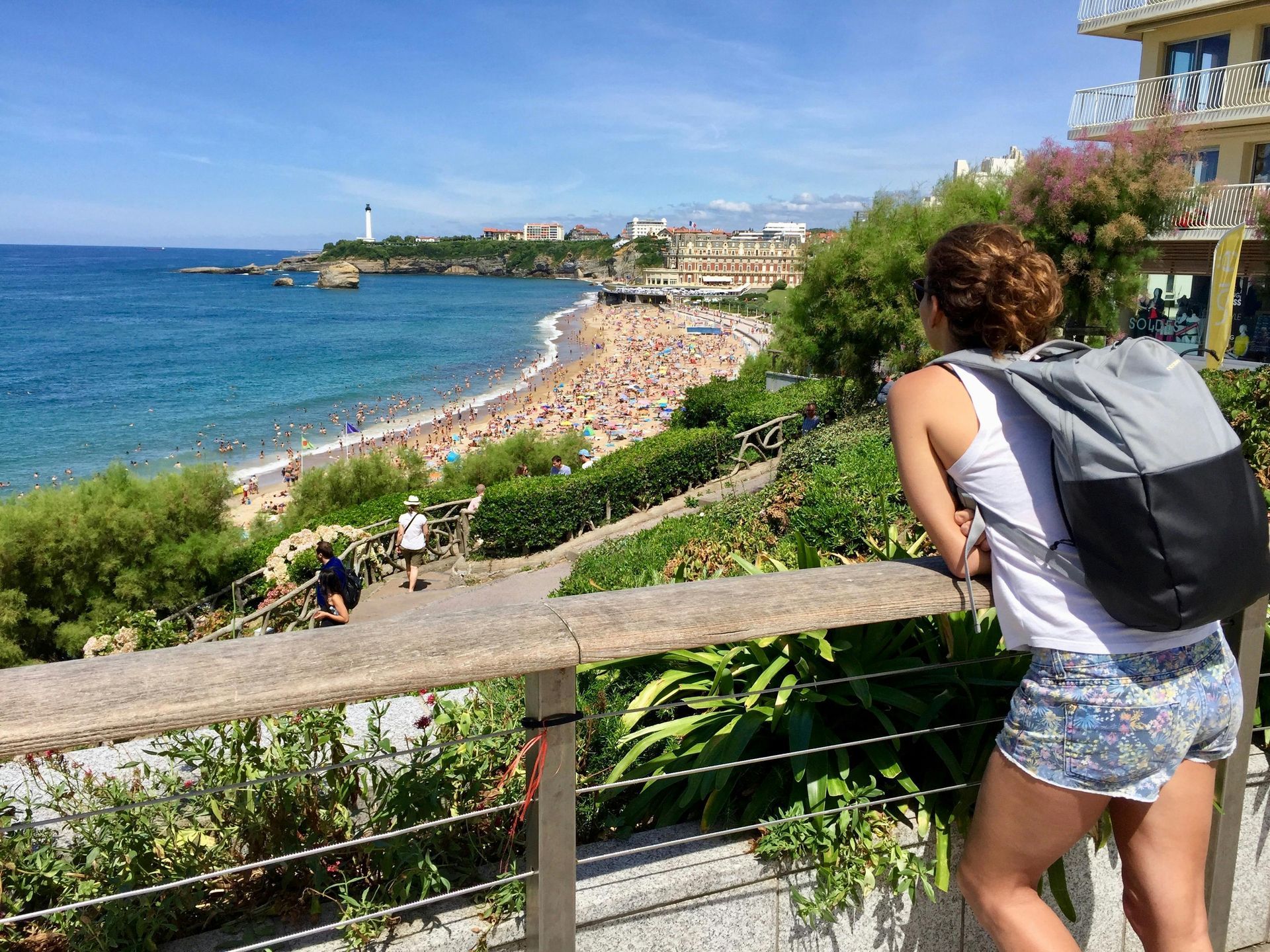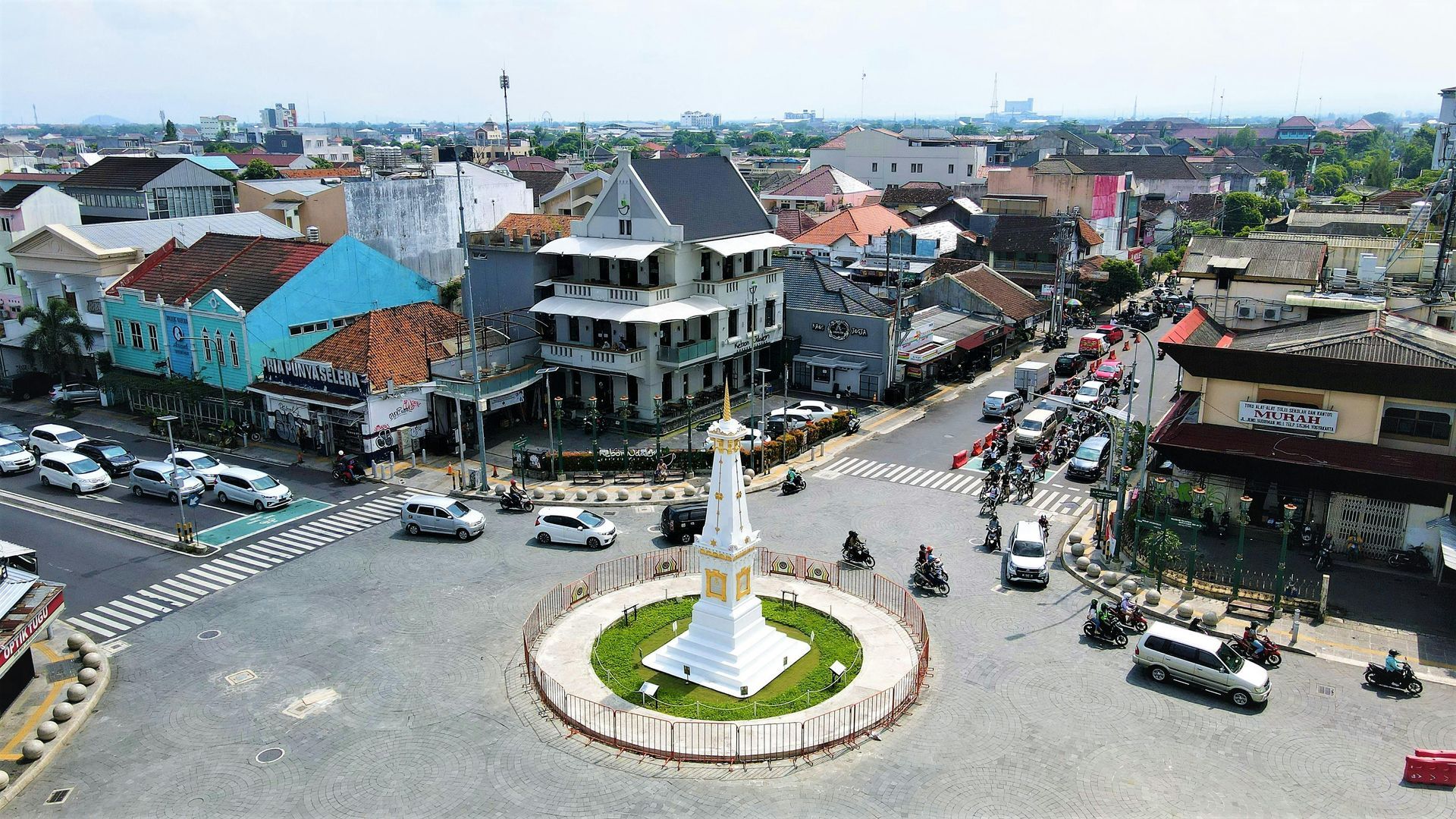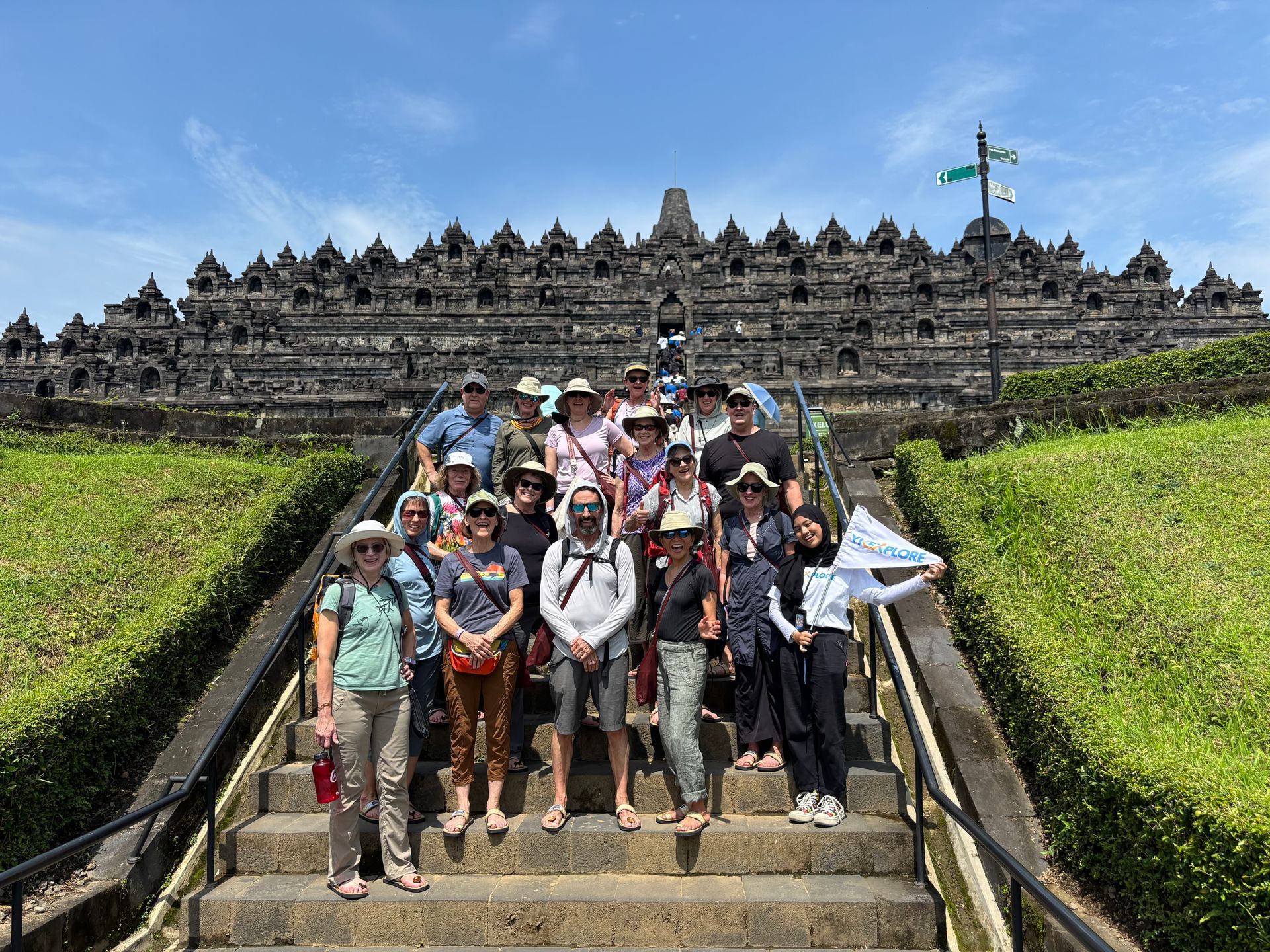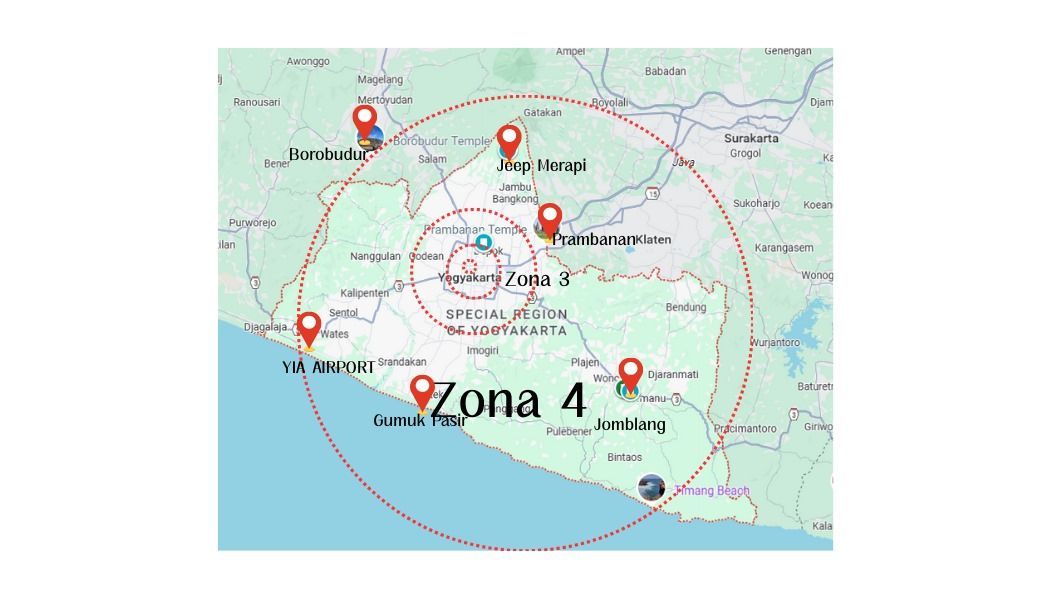Best Time To Visit Borobudur Temple
Discover the Magic of Borobudur Temple
If you're planning a trip to Indonesia, there's one destination you absolutely can't miss: Borobudur Temple. Located just a short drive from Yogyakarta its arround 2 hours form city.
this ancient Buddhist temple is one of the most stunning cultural sites in Southeast Asia—and it's no surprise why travelers from all over the world make the journey to visit Borobudur.
A Quick Look at Borobudur Temple
Borobudur is the largest Buddhist temple in the world and a UNESCO World Heritage Site. Built in the 9th century, it features over 2,600 relief panels and 500+ Buddha statues spread across nine stacked platforms. As you walk up the temple, you're actually following a symbolic path toward enlightenment—how cool is that?
The architecture is not only massive but also incredibly detailed, with carvings that tell stories of ancient life, spiritual teachings, and Buddhist philosophy. Every stone has a story, and each level offers something new to explore.
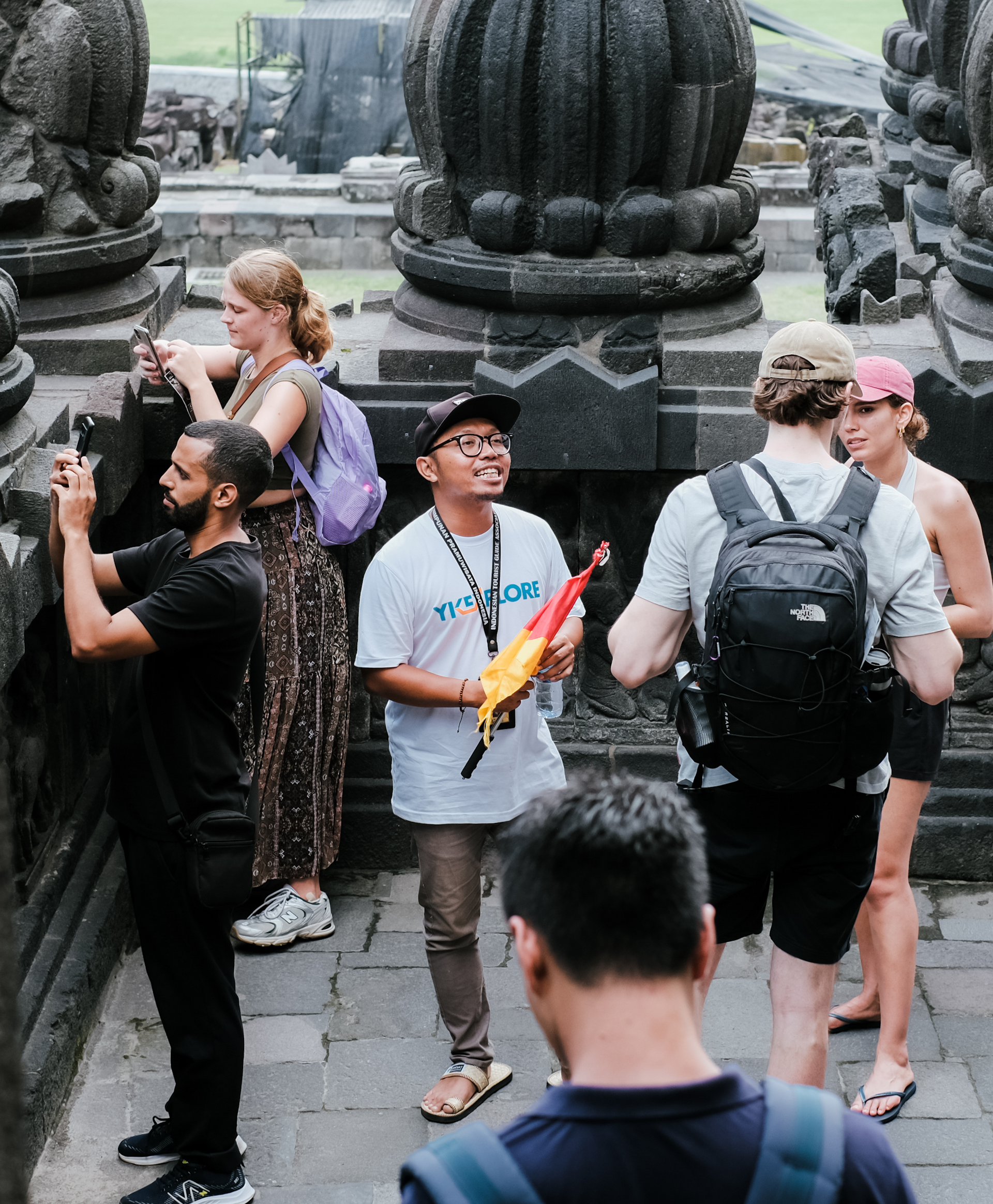
Why You Should Visit Borobudur Temple
So, why should you visit Borobudur? Here are a few of reasons:
- Rich Cultural Experience: Whether you're a history buff or just curious about Indonesian heritage, Borobudur gives you a glimpse into centuries of culture, religion, and craftsmanship.
- Photo Heaven: With dramatic stupas, symmetrical stairways, and lush green surroundings, Borobudur is a dream spot for photography lovers.
- Close to Yogyakarta: It's super easy to reach Borobudur from Yogyakarta—perfect for a day trip if you're short on time its arround 2 hours from Yogyakarta city
Best Weather Time to Visit Borobudur Temple
Wondering the best time to visit Borobudur? It mostly depends on what kind of experience you're looking for. Here’s a quick breakdown:
Dry Season (April to October)
Pros:
- Sunny skies and clear weather (great for photos!)
- Easier to walk around—no slippery paths
- More comfortable temperatures in the early morning
Cons:
- More tourists (especially during holiday months)
- Might feel a bit crowded during visit Borobudur Temple
Rainy Season (November to March)
Pros:
- Fewer tourists—quieter and more peaceful
- The surrounding nature looks super lush and green
- Sometimes you get lucky with a moody, misty vibe that’s magical for photos
Cons:
- Rain can hit anytime, and hard
- Slippery stairs and wet surfaces
- Less ideal for exploring if it’s pouring
So if you're all about perfect weather and amazing views, aim for the dry season. But if you prefer fewer crowds and don't mind a little rain, the wet season still has its charm.
Keep In Mind While Visiting Borobudur Temple
If you’re planning your visit to Borobudur Temple, here are a few things to keep in mind to make your experience enjoyable and respectful:
1. Wear Comfy Shoes – You’ll Be Climbing Steps
Borobudur is a large temple with multiple levels, and to fully experience it, you’ll need to climb quite a few steps. Some of these steps are steep, so make sure you're wearing comfortable, sturdy shoes. Flip-flops might not give you enough support, and you’ll be grateful for the extra grip on the stone pathways
2. Dress Comfortably
You’ll be walking and exploring for a good amount of time, so wearing comfortable clothing is key. Opt for light, breathable fabrics, especially if you're visiting during the hotter months. Comfortable pants, skirts, or shorts work best for a full day of sightseeing at the temple.
3. Drones Are Not Allowed
As much as you might want to get the perfect aerial shot, drones are strictly prohibited at Borobudur. This is to protect the integrity of the temple and preserve the peaceful atmosphere. If you have a drone with you, just leave it in your bag—you won’t be able to fly it within the temple grounds, and there are fines if you try.
4. Don’t Climb on the Stupas or Touch the Carvings—Respect the Space
The stupas and carvings at Borobudur are ancient and fragile. Climbing on the stupas or touching the carvings can damage the stones over time. It’s important to admire the art and architecture without physically interacting with it. Stick to the designated paths and keep your distance from the reliefs. This is not only for preservation but also to show respect for the cultural and religious significance of the temple.
5. Don’t Leave Trash Behind
Let’s keep Borobudur beautiful. Always throw your trash in the bins provided. It’s a simple way to show respect to the site and the environment.
6. Don’t Be Too Loud
This is a peaceful and spiritual place. Try to keep your voice down, put your phone on silent, and enjoy the quiet beauty around you. It's not the place for loud calls or blasting music.
7. Don’t Ignore the Rules
There are signs and staff around for a reason. They’re there to help you have a great visit while keeping the temple safe and respected. So just follow the guidelines and enjoy your trip.
Conclusion When's the Best Time to Visit Borobudur?
So, what’s the verdict? The best time to visit Borobudur is during the dry season (April to October)—especially if you’re hoping to catch a stunning sunrise, get great photos, and walk around comfortably without dodging rain showers.
The weather is usually clear, the views are amazing, and the whole experience feels smoother overall.
That said, if you don’t mind a bit of rain and want to avoid crowds, visiting in the rainy season can still be a peaceful and unique experience—just pack an umbrella and good shoes!

















